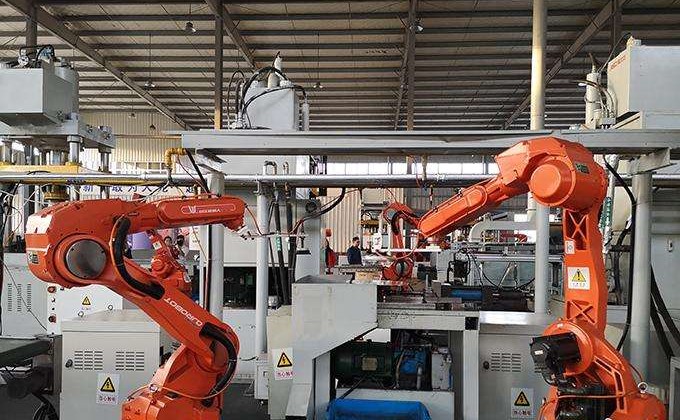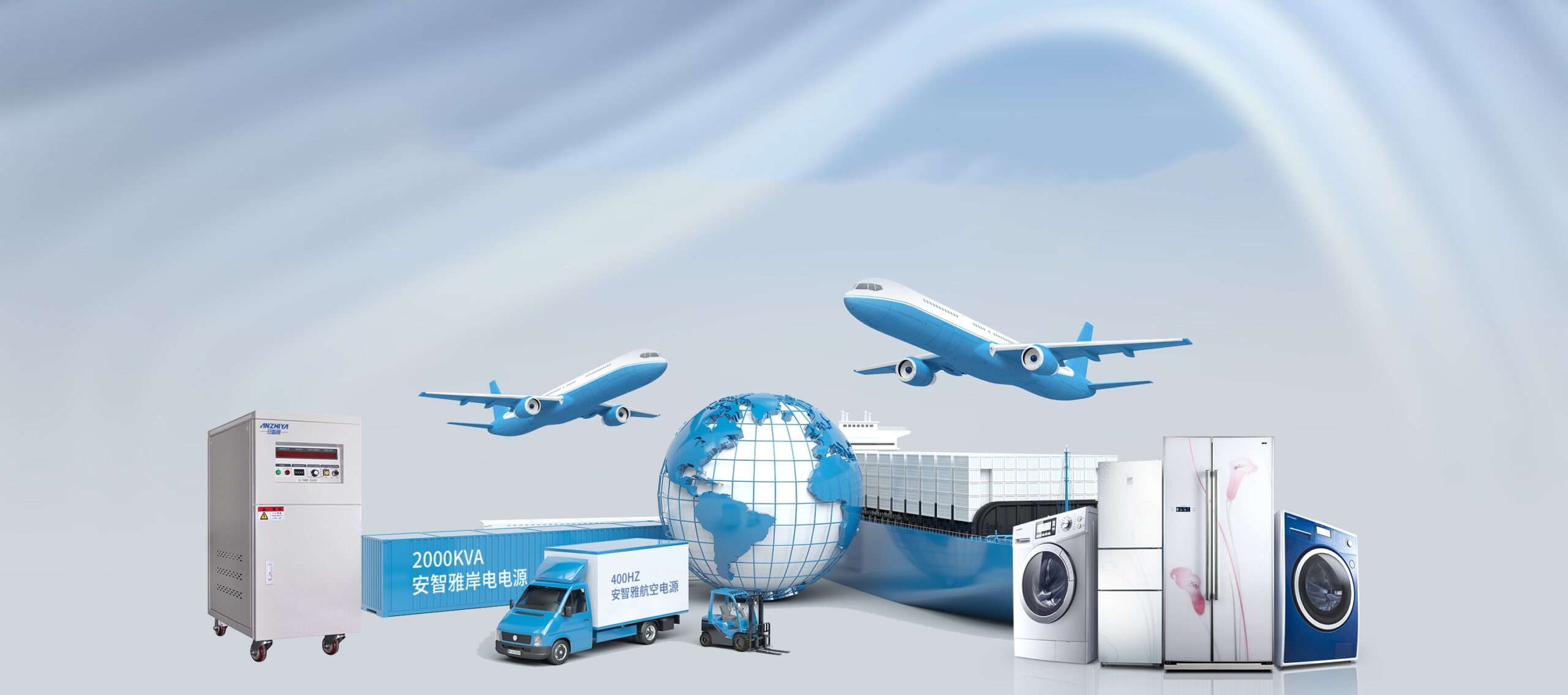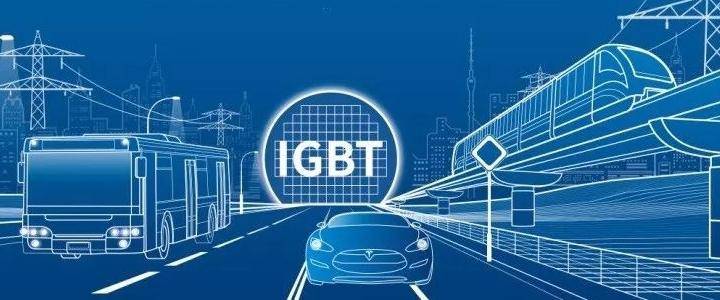1,If two identical motors are operating at 50 HZ industrial frequency, one using a frequency converter and one without, and at the same time the speed and torque are at the rated state of the motor, can the frequency converter still save power? How much can it save?
A: For this case, the inverter can only improve the power factor, and does not save electricity.
2,If the torque of these two motors does not reach the rated torque of the motor state work (frequency, speed or the same 50HZ), how much power can be saved with the inverter?
A: If the use of automatic energy-saving operation, this time the frequency converter can run at reduced voltage, you can save part of the power, but power saving is not obvious.
3,The same conditions, no-load state can save how much, which of the three states save more?
A: Drag type load no-load state can not save much power.
For example, about the “closed-loop control” so to speak. I think there is room for discussion. The concept of closed loop in the article is too narrow. Closed loop control is more than just speed sensor feedback
Vector control frequency control is closed-loop control, and is the device within the closed-loop control, V / F control belongs to the open-loop control, in addition to temperature, pressure, flow, and other physical quantities of the PID regulator feedback control, are the scope of closed-loop control.
And all can be realized through the inverter regulation. The concept of closed-loop control should not be interpreted so narrowly.
It is a fact that inverters operate at industrial frequencies and have a power-saving function. But his prerequisites are:
First, high power and for the fan / pump load;
Second, the device itself has a power-saving function (software support);
Third, long-term continuous operation. These are the three conditions that reflect the effect of power saving.
4,What are the starting current and starting torque of the motor when running with an inverter?
With inverter operation, the frequency and voltage are increased accordingly as the motor accelerates, and the starting current is limited to less than 150% of the rated current (125% to 200% depending on the type of machine).
When starting directly with an industrial frequency power supply, the starting current is 6 to 7 times higher, so there will be a mechanical and electrical shock. The inverter drive enables smooth starting (longer starting time).
The starting current is 1.2-1.5 times of the rated current, and the starting torque is 70%-120% of the rated torque; for the frequency converter with automatic torque enhancement function, the starting torque is more than 100%, and it can be used with full load starting.

5, In the same plant, large motors together, running inverter will stop, why is this?
When the motor starts, the starting current corresponding to the capacity will flow through, the transformer on the stator side of the motor generates a voltage drop, and this voltage drop has a big influence when the motor capacity is large, and the inverter connected to the same transformer will make a judgment of under-voltage or instantaneous stop, and thus sometimes the protection function (IPE) will act to stop the operation.
6,How much power does the inverter itself consume?

It is related to the type of inverter, operation status, frequency of use, etc., but it is difficult to answer.
However, the efficiency of the inverter below 60Hz is about 94% to 96%, and the loss can be estimated accordingly.
However, if the loss during braking is also taken into account in the built-in regenerative braking type (FR-K) inverter, the power consumption will become larger, and attention must be paid to the design of the operation panel.



